This blog was written by Kit Cunningham, a graduate student at University of Alaska Fairbanks and an employee for Alaska Department of Fish and Game. She is from and lives in Juneau, and is passionate about sustainability and conservation in Alaska.
Imagine islands full of noise and heartbeats.
Never miss an update
Enter your email and never miss an update
<!– –>
There are thousands of sk’yuuwan, which is the word for Steller sea lions in X̱aat Kí, the language of Haida, the First Peoples of the area. Sea bird burrows cover almost every inch of land. These islands, known as Gasḵúu or Forrester Island Complex, are located on Haida land, off the coast of Alaska. Due to their proximity to the continental shelf, they are perfect habitats for animals to feed and birth.
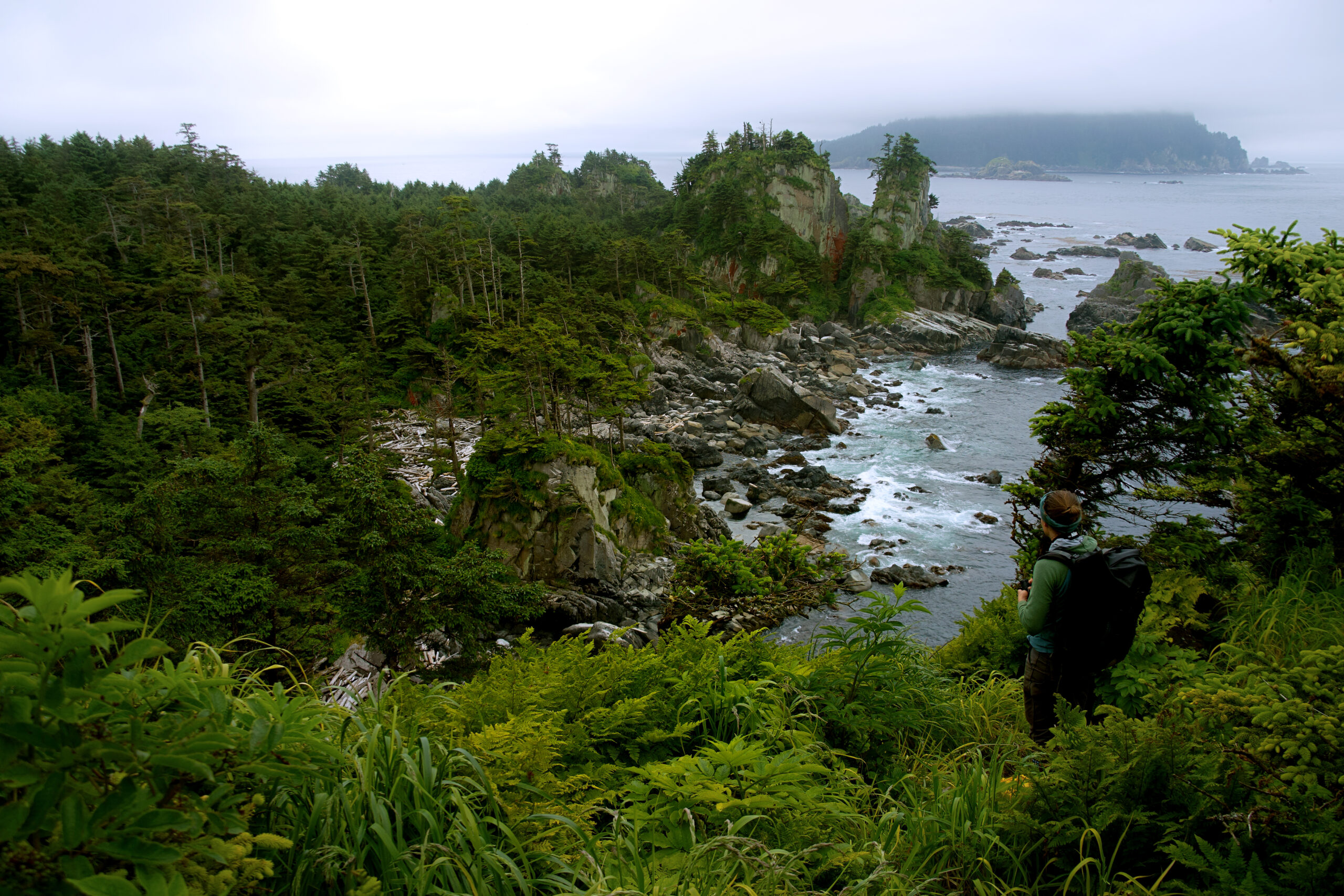
Currently, there are no year-round inhabitants of the islands. The islands are part of the Alaska Maritime National Wildlife Refuge and haven’t had any permanent human presence since a fish camp was located on the main island in the early 1900s. One would think these islands would remain unpolluted given the remote location and the lack of human habitation, right?
I came to the islands for the first time in 2018 to study the sk’yuuwan that swim to the islands by the thousands to have their pups. The northern-most island in Gasḵúu is home to the largest sea lion mating and bir thing site in North America. During my short time on the islands, it was apparent that there was at least one thing that could be impacting the life on the islands for the sk’yuuwan as well as all other creatures that live in Gasḵúu. Beaches were littered with tires, buoys, plastic bottles—you name it! It was shocking. How could an island that is so far away from any humans be accumulating literally tons of trash?
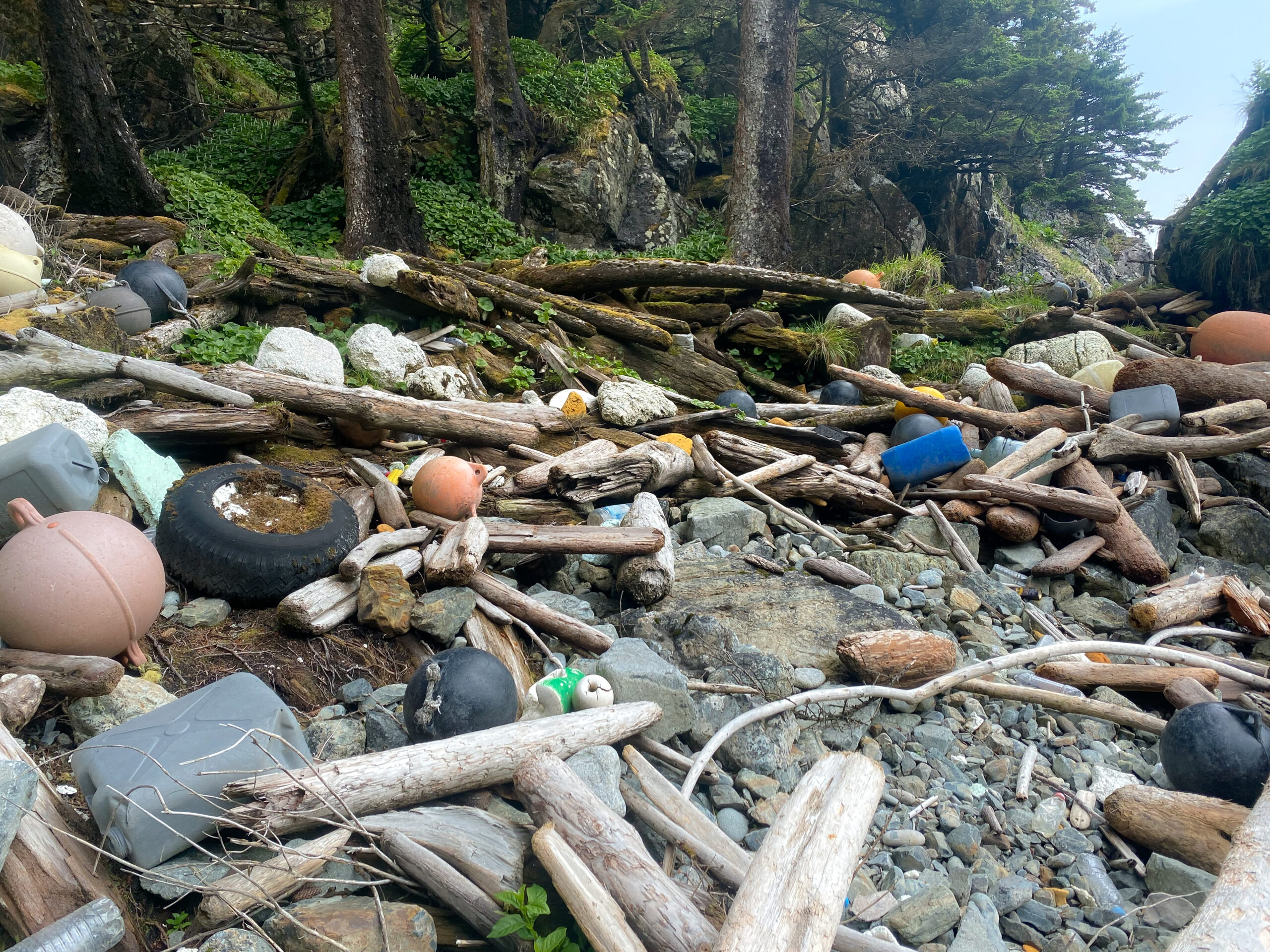
During the subsequent season, after applying and receiving funding from the NOAA Marine Debris program, the Alaska Department of Fish and Game organized a marine debris cleanup effort to both remove and study the debris. We found that, due to large ocean currents, Gasḵúu collects trash from all over the world. By looking at the items’ language or distribution location, we identified trash from Russia, China, Italy, Malaysia, Canada, the Lower-48 states, Singapore, Taiwan and Italy, as well as from Alaska. The items fell into five main categories; plastic bottles, polystyrene foam (commonly known as the brand, Styrofoam), buoys/floats (which are made of plastics), rope (also usually made of plastics) and miscellaneous hard plastic.
I hated the polystyrene foam the most. Each big piece literally bleeds little beads that are extremely labor- and time-intensive to pick up. We found numerous bottomless pits of these “Styrofoam” or polystyrene foam beads. I would like to say that we could get every single bead but we didn’t—it would have taken way more time than was possible for us. Though it would be impossible to get it all, over the course of one month, our team of seven people collected and removed 11,663 pounds of marine debris from the Gasḵúu/Forrester Island Complex. The majority of the debris was recycled.
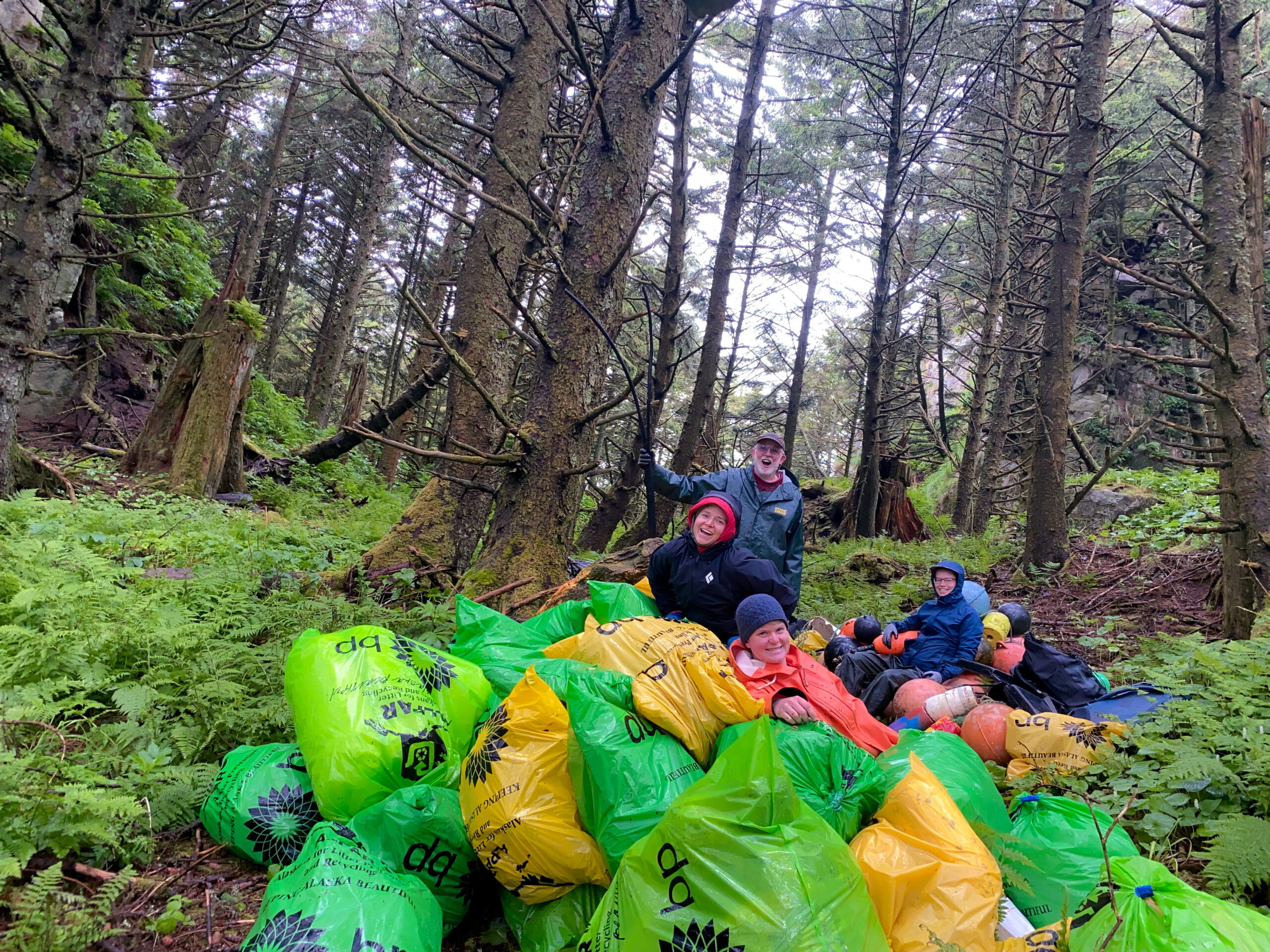
It might seem like the bigger the piece of debris, the more impact it can have. However, even the very smallest pieces—microplastics—can have big impacts. Microplastics are pieces of plastic that have broken down into pieces smaller than 5 mm and can accumulate in the environment. This is bad for the marine wildlife for several reasons. First, plastics in the water column can absorb and sequester toxins produced by harmful algae, which causes the plastic particles to become toxic. Second, plastics occupy space in digestive tracts, but have no nutritional value. Third, some plastics themselves include harmful chemicals that are endocrine disruptors or hormone mimics. Identifying which plastic is breaking down and integrating into the marine ecosystem will not only help us save time and money in the long term with plastic cleanup and removal, but will protect marine wildlife.
Therefore, this upcoming year, we will examine biological samples from the sk’yuuwan and a seabird called Cassin’s auklets for microplastics. If we find microplastics, we will examine their chemical composition. This process will tell us two things; one, if microplastics are accumulating in the Alaskan marine food web, and two, if the microplastics match the composition of the local marine debris, which will provide insight to the microplastic source.
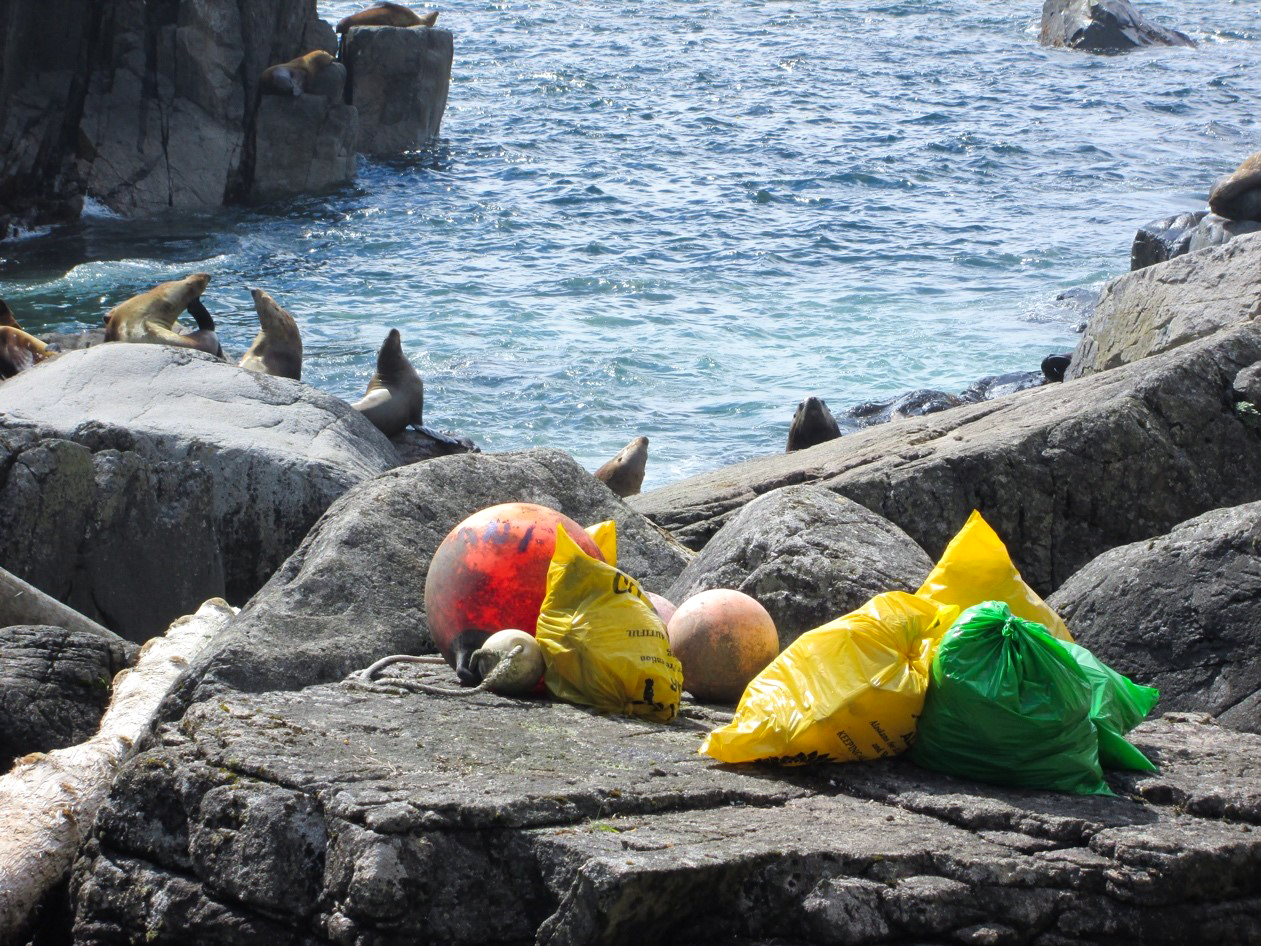
This work with microplastics and marine debris will help identify which types of plastics are most detrimental and prolific in Alaskan ecosystems. This information can hopefully be used to influence policy change and bring us one step closer to plastic-free seas. With the problems we face today regarding marine debris, there has never been a greater opportunity to bear witness and benefit from the efforts and ingenuity of people tackling this issue. I am excited to see continued development and movement toward a sustainable future and a clean environment.
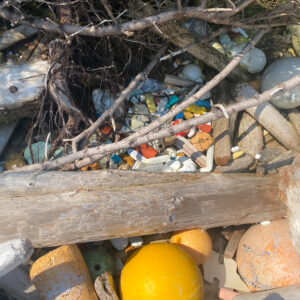

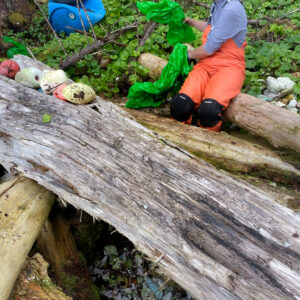
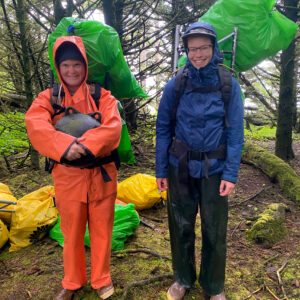
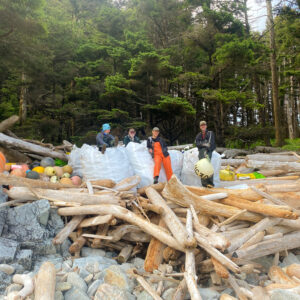


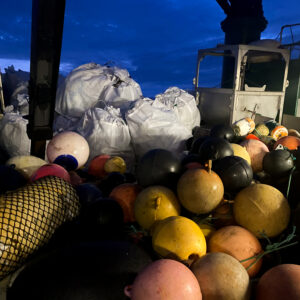
if(typeof window.oc_media_credits === ‘undefined’) {
window.oc_media_credits = {};
}
window.oc_media_credits[67304] = “Kit Cunningham”;window.oc_media_credits[67339] = “Kit Cunningham”;window.oc_media_credits[67306] = “Kit Cunningham”;window.oc_media_credits[67297] = “Kit Cunningham”;window.oc_media_credits[67305] = “Kit Cunningham”;window.oc_media_credits[67340] = “Kit Cunningham”;window.oc_media_credits[67301] = “Maddie Crea”;window.oc_media_credits[67302] = “Kit Cunningham”;
The post Effects of Marine Debris on Remote Islands appeared first on Ocean Conservancy.

